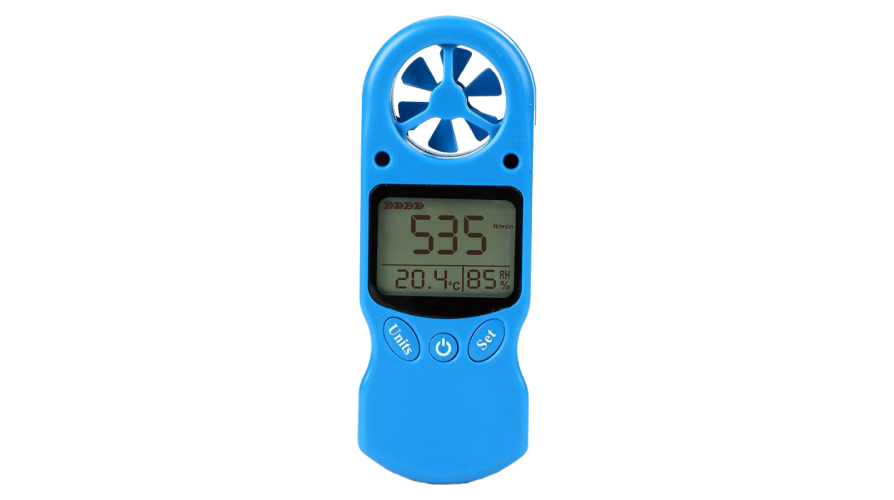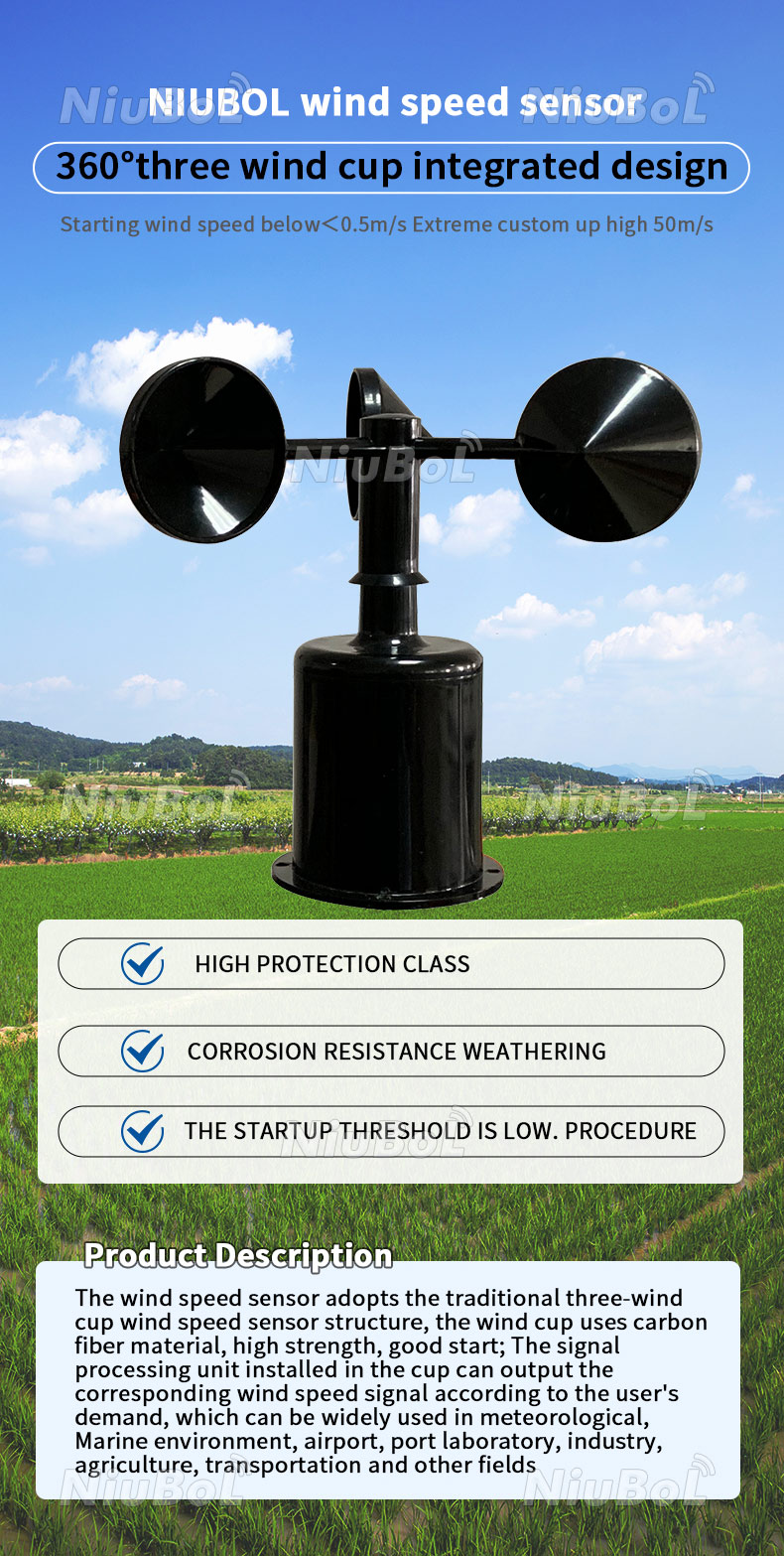Anemometer Innovations: The Current Modern Technology for Wind Rate Dimension
Anemometer Innovations: The Current Modern Technology for Wind Rate Dimension
Blog Article
Anemometers Introduced: Recognizing Their Importance in Environmental Tracking and Safety And Security Actions
The role of anemometers in ecological monitoring and precaution is usually undervalued, yet their importance is undeniable. These instruments have a lengthy background rooted in scientific questions and technological developments, evolving to come to be essential tools in numerous fields. From weather forecasting to air travel safety, anemometers play an essential role in providing precise information that informs decision-making procedures and improves overall security. Recognizing the ins and outs of anemometers introduces a globe of vital insights that are basic to our understanding of the environment and the steps we require to make sure security.
Background of Anemometers
The evolution of anemometers can be mapped back to the ancient human beings where rudimentary wind gauging gadgets were very first made use of. These early wind dimension devices laid the structure for the growth of a lot more innovative anemometers in time. Among the earliest known anemometers was the hemispherical mug anemometer developed by Leon Battista Alberti in the 15th century. This layout contained 4 hemispherical mugs that accumulated wind power, offering a dimension of its strength based on the speed of turning.
Over the years, advancements in modern technology led to the growth of even more contemporary anemometers, including ultrasonic anemometers and laser Doppler anemometers, providing enhanced precision and performance in gauging wind rate and direction. The history of anemometers showcases a remarkable trip of advancement and development in the area of weather forecasting.
Kinds Of Anemometers
Throughout the field of meteorology, numerous sorts of anemometers have been developed to properly determine wind speed and instructions. The most common kind is the mug anemometer, which includes 3 or four cups mounted on horizontal arms that turn with the wind. As the cups rotate, the rate at which they rotate is straight proportional to the wind rate. Another extensively utilized kind is the vane anemometer, which includes a tail or fin that straightens itself with the wind direction. This positioning enables the tool to establish the wind direction. Sonic anemometers use ultrasonic signals to determine wind speed and instructions precisely. They are commonly made use of in research applications because of their high accuracy. Hot-wire anemometers operate based on the concept that the cooling impact of wind on a heated wire is symmetrical to the wind speed. These anemometers are suitable for measuring reduced wind speeds with high precision. Each type of anemometer has its staminas and is chosen based upon the particular needs of the tracking job available.
Applications in Meteorology
Having actually reviewed the various types of anemometers utilized in meteorology for gauging wind rate and direction, it is vital to discover their sensible applications in the area. Anemometers play an important function in weather forecasting by giving real-time and accurate data on wind conditions (anemometer). Meteorologists use anemometers to monitor wind speed and direction to forecast weather condition patterns, problem warnings for severe weather occasions like hurricanes, tornados, and cyclones, and assess climatic problems more information for aeronautics safety and security
In weather forecasting, anemometers help in understanding regional and local wind patterns, which are vital for predicting weather adjustments and determining weather trends. These tools are additionally utilized in research to research microclimates, metropolitan heat islands, and air pollution diffusion. Additionally, anemometers are utilized in agriculture to maximize crop monitoring methods, such as irrigation and chemical application, based on wind problems.
Relevance in Air Travel Safety
An essential facet of making sure aviation safety and security depends on the meticulous tracking of wind conditions utilizing anemometers. Anemometers play a vital role in aeronautics by offering real-time information site here on wind speed and instructions, aiding pilots in making notified decisions during trip, liftoff, and landing. Solid and unpredictable winds can significantly affect airplane procedures, making it necessary for air travel authorities to rely upon precise wind dimensions to ensure the security of travelers and staff.

In the dynamic setting of air travel, where even minor adjustments in wind speed and direction can have extensive impacts, anemometers stand as essential find out here now devices for promoting protected and secure air traveling.
Function in Environmental Study
Exactly how do anemometers add to advancements in ecological study? Anemometers play a vital role in environmental research study by giving vital information on wind rate and direction. This information is important for recognizing numerous atmospheric processes, such as air pollution diffusion, climate patterns, and climate modification. By precisely gauging wind characteristics, anemometers assist researchers examine the activity of pollutants in the air, examine the impact of industrial discharges, and anticipate the spread of pollutants in the setting.


Conclusion
In conclusion, anemometers have actually played an important role in ecological tracking and safety and security procedures. Understanding the value of anemometers is necessary for accurately gauging wind speed and instructions, which is important for forecasting weather condition patterns, ensuring risk-free aviation procedures, and conducting environmental researches.
One of the earliest recognized anemometers was the hemispherical mug anemometer created by Leon Battista Alberti in the 15th century. Over the years, advancements in innovation led to the growth of more modern-day anemometers, including ultrasonic anemometers and laser Doppler anemometers, providing raised precision and performance in measuring wind speed and instructions. Hot-wire anemometers run based on the principle that the cooling impact of wind on a heated wire is symmetrical to the wind speed. Meteorologists utilize anemometers to monitor wind speed and instructions to anticipate climate patterns, concern cautions for severe weather condition occasions like storms, storms, and tornadoes, and assess atmospheric conditions for aviation security.
Understanding the relevance of anemometers is essential for accurately measuring wind speed and direction, which is crucial for anticipating climate patterns, making certain safe aviation procedures, and conducting environmental studies. (anemometer)
Report this page